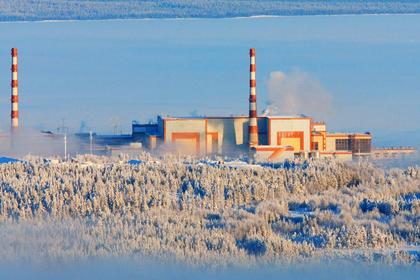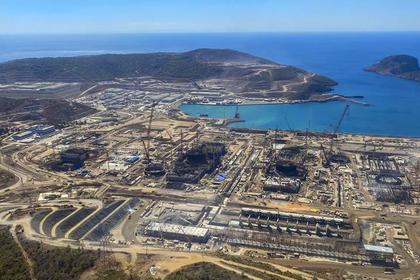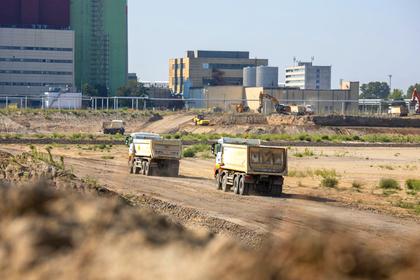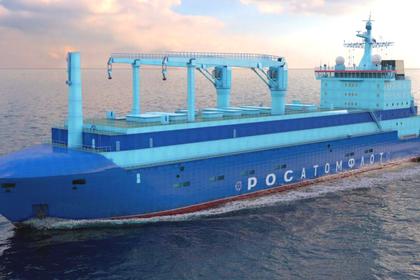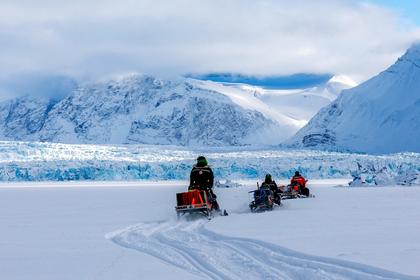
RUSSIAN NUCLEAR ICEBREAKERS

N - November 12, 2024 - Russia’s United Shipbuilding Corporation (OSK – Obedinionniya Sudostroitelniya Korporatsiya) has launched Chukotka, the fifth nuclear icebreaker of project 22220. The ceremony took place in St. Petersburg at the OSK Baltic Shipyard attended by 12,000 people. President Vladimir Putin participated via video-link.
Three project 22220 icebreakers have already been built and are now operating in the Arctic – Arctic, Siberia and Ural. Construction of icebreakers Yakutia and Leningrad is now underway and a contract for the construction of Stalingrad has been signed.
Addressing the participants, President Putin noted: “The entire domestic economy should develop based on our own technologies and breakthrough scientific solutions. Let me emphasise again: the implementation of our plans for the development of the Arctic territories and for increasing cargo flow along the Northern Sea Route directly depends on strengthening the country’s icebreaker fleet.”
OSK General Director Andrei Puchkov thanked the 6,000 staff of the Baltic Plant for their work. According to maritime tradition, the ship was consecrated, after which a traditional bottle of champagne was broken on the side of the ship by its “godmother” – Elena Shmeleva, member of the Council of the President for Science & Education and Chair of the Council of the Federal Territory “Sirius”.
Other OSK enterprises were also involved in the construction of the Chukotka. Thrust bearings were manufactured at Sevmash. The OSK-Technologies enterprise supplies communication and navigation equipment, and Artika SPO undertook electrical installation work.
The icebreaker will now be moored at the finishing embankment of the Baltic Shipyard, where its construction will continue. Completion is scheduled for 2026. The vessel is equipped with two RITM-200 reactors, which are located on the right and left sides. The thermal power of each reactor unit is 175 MWt. The body of the vessel is made of durable, corrosion-resistant steel and is protected from the formation of ice. Project 22220 icebreakers can pass through ice up to 3 metres thick at a speed of 22 knots.
-----
Earlier:

